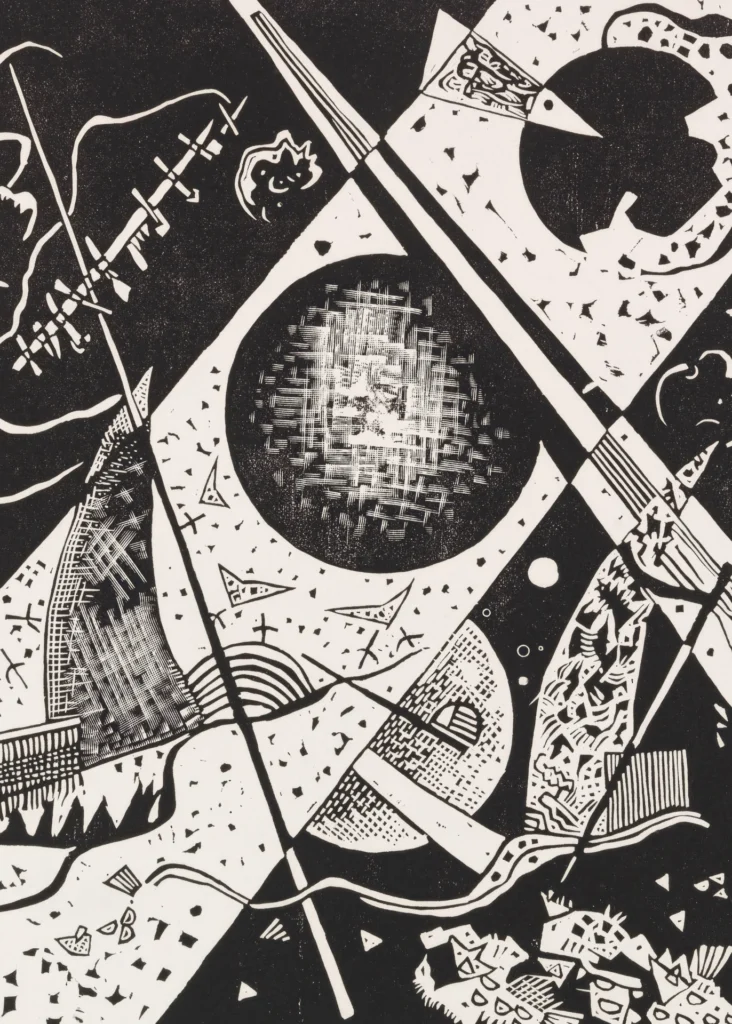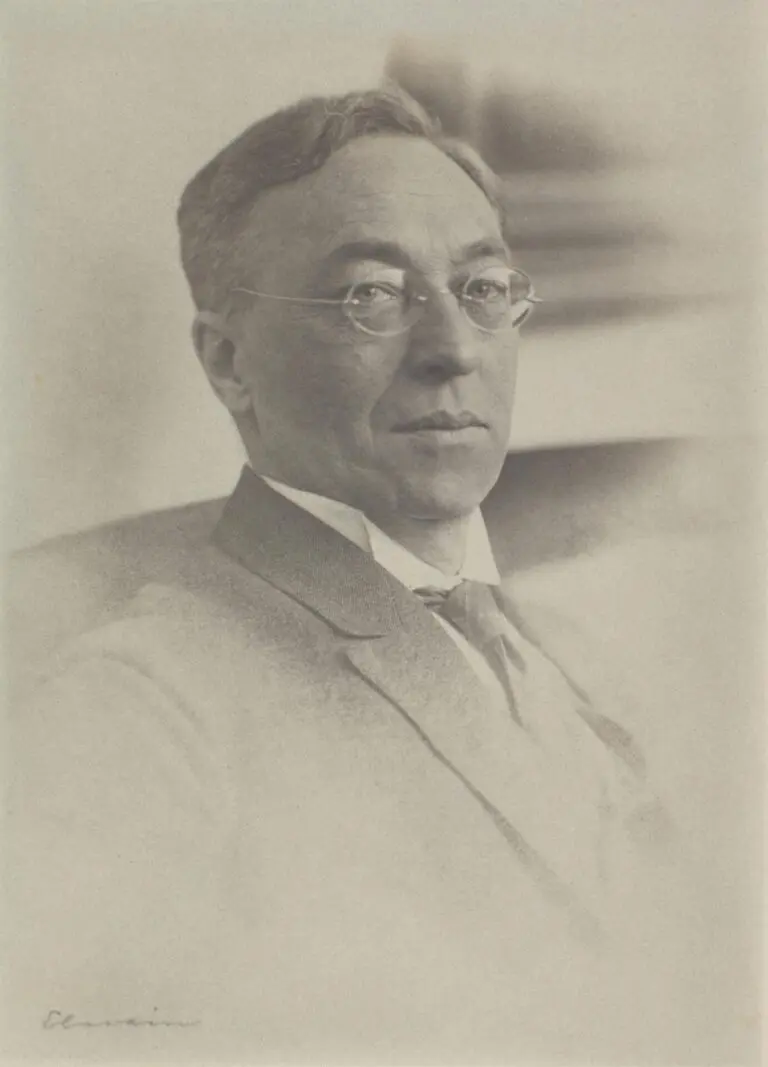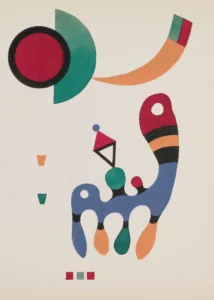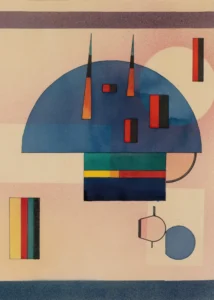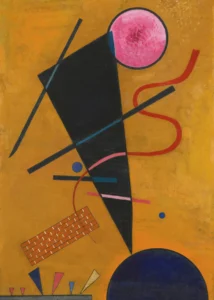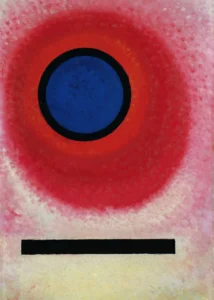Small Worlds VI (1922)
Created in 1922, Kleine Welten VI (Small Worlds VI) is part of Wassily Kandinsky's influential portfolio 'Kleine Welten'. This woodcut measures 10 3/4 x 9 3/16 inches and showcases Kandinsky's mastery in printmaking techniques. Produced shortly after he began teaching at the Bauhaus, this artwork reflects his experimental approach and is significant in the journey of abstract art. Featured in major museums, it highlights Kandinsky's ability to blur the boundaries between art and education, making a lasting impact on the art world.
Year 1922
About the Artwork
Did You Know
Liked what you see? Add it to your collection.
Enjoyed reading? Share it.
... continued
Kleine Welten VI, created by Wassily Kandinsky in 1922, is part of a larger portfolio titled 'Kleine Welten'. Here are some key details about this artwork:Medium and Technique
The portfolio includes a variety of printmaking techniques, with Kleine Welten VI specifically being a woodcut. The portfolio as a whole features four examples each of woodcuts, drypoints, and lithographs.
Context
This work was produced shortly after Kandinsky began teaching at the Bauhaus, a significant period in his career that influenced his artistic experimentation and teaching methods.
Composition and Size
Kleine Welten VI is a woodcut, with the image measuring 10 3/4 x 9 3/16 inches (27.3 x 23.3 cm) and the sheet measuring 14 3/16 x 12 7/16 inches (36 x 31.5 cm).
Significance
The 'Kleine Welten' portfolio showcases Kandinsky's exploration of different printmaking techniques and his ability to achieve various effects through these methods. This work is representative of his innovative approach to art and his contributions to the development of abstract art.
The portfolio is held in several collections, including the Museum of Modern Art (MoMA) and the Philadelphia Museum of Art.




